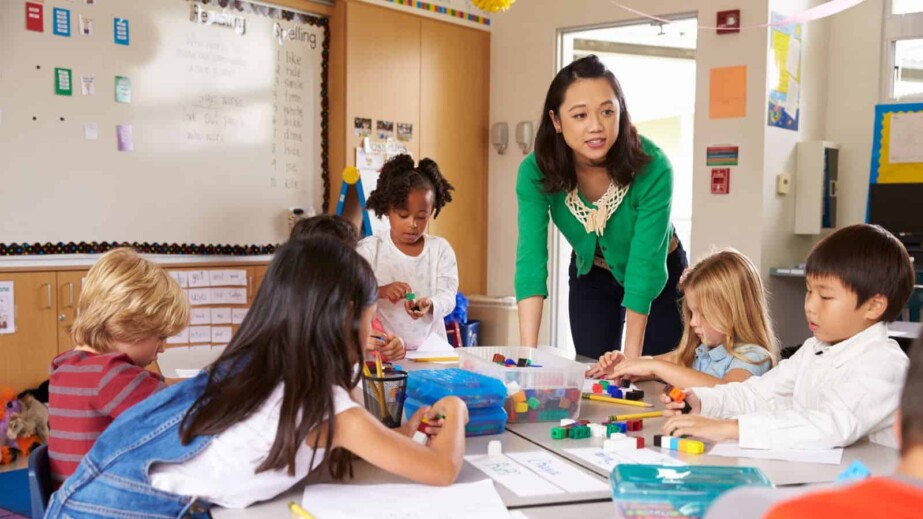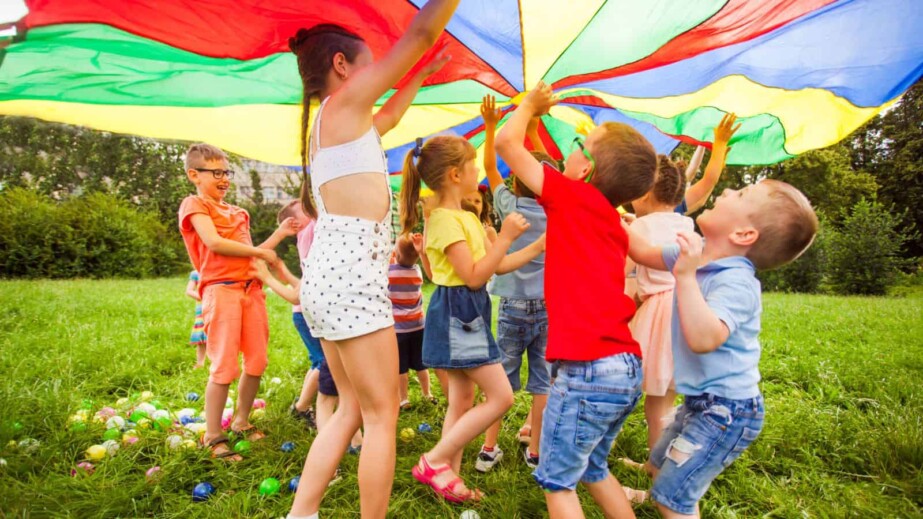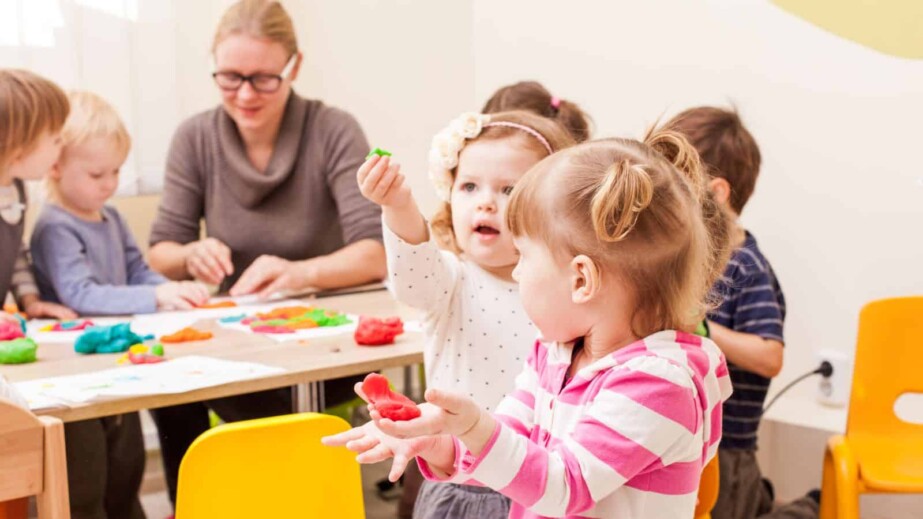Public School vs. Homeschooling: Which is Right for Your Child?

Choosing between public school and homeschooling can be a difficult decision for parents. Here are some factors to consider when deciding which option is right for your child:
Socialization

Public schools provide ample opportunities for socialization with peers, while homeschooling can be more isolating. However, homeschooling families can still participate in co-ops, clubs, and community activities to provide socialization opportunities.
Curriculum

Public schools provide a standardized curriculum that is designed to meet state and national standards, while homeschooling allows for more flexibility and customization in curriculum. Homeschooling can provide a more tailored education that aligns with a child’s interests and learning style.
Learning Environment

Public schools provide a structured learning environment with trained teachers, while homeschooling allows for a more personalized learning environment with parents or tutors as teachers. Homeschooling can provide a more relaxed and comfortable learning environment that is free from distractions and negative influences.
Cost

Public schools are funded by taxes and are free to attend, while homeschooling can be more expensive due to the cost of materials, resources, and tutors. However, homeschooling families can save money on transportation and other school-related expenses.
Extracurricular Activities

Public schools provide a wide range of extracurricular activities, such as sports, music, and clubs, while homeschooling families can participate in community activities and create their own extracurricular opportunities.
Academic Performance

Studies have shown that homeschooled students often perform better academically than their traditionally-schooled peers, but this can vary depending on the individual child and the quality of education provided.
Parental Involvement

Homeschooling requires a high level of parental involvement and commitment, while public schools allow parents to be less involved in their child’s day-to-day education.
Special Needs

Public schools provide special education services for students with special needs, while homeschooling families may need to hire tutors or seek outside resources to provide these services.
College Admissions

Public schools often have established relationships with colleges and universities, while homeschooling families may need to provide additional documentation and information to demonstrate their child’s academic achievements and readiness for college.
Time Commitment

Homeschooling requires a significant time commitment from parents, who must plan lessons, teach, and grade assignments. Public school, on the other hand, allows parents to have more free time during the day.
Teacher Qualifications

Public school teachers are required to have a teaching degree and certification, while homeschooling parents may not have formal teaching qualifications. However, homeschooling parents can take courses or attend workshops to improve their teaching skills.
Diversity

Public schools provide exposure to a diverse range of students from different backgrounds and cultures, while homeschooling may limit exposure to diversity. However, homeschooling families can still provide opportunities for cultural education and exposure through field trips with other homeschooled children.
Legal Requirements

Homeschooling families must comply with state and local laws regarding homeschooling, while public schools are subject to state and federal regulations. Homeschooling families must ensure they are meeting all legal requirements and keeping accurate records of their child’s education, depending on the state that they reside in.
Image Credit: DGLimages via Depositphotos.com.
As parents, we all want to provide the best possible environment for our children to grow and thrive. One of the most important factors in a child’s development is a strong family unit. A strong family unit can provide children with a sense of security, love, and support that can help them navigate the challenges of childhood and adolescence. Here are some ways a strong family unit can help in your child’s development:
8 Ways A Strong Family Unit Can Help In Your Child’s Development
15 Values You Need To Teach Your Young Child

As a parent, one of your most important roles is to teach your child values that will help them grow into kind, responsible, and compassionate adults. While there are many values that are important to teach, some are particularly crucial in the early years. Here are some values you need to teach your young child.
15 Values You Need To Teach Your Young Child
These 8 Tips Will Ensure Your Kids Don’t Become Annoying Human Beings

A woman wonders how to raise children that are not obnoxious, and the responses are insightful.
These Tips Will Make Sure Your Kids Don’t Turn Into Annoying Human Beings
8 Ways To Teach Diversity To Your Children

In an increasingly diverse world, it’s more important than ever to teach our children about diversity and inclusion. By teaching children about different cultures, races, religions, and ways of life, we can help them develop empathy, understanding, and respect for others. Here are some ways to teach diversity to your children:
8 Ways To Teach Diversity To Your Children
7 Essential Coparenting Tips for Divorced Parents

Divorce can be a difficult and emotional time for everyone involved, especially for the children. Coparenting can be challenging, but it’s important to put the children’s needs first and work together as a team. Here are 7 essential coparenting tips for divorced parents.






